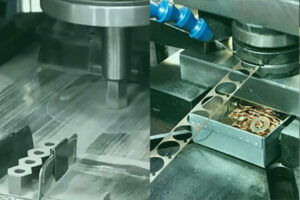
Powder Metallurgy VS. Stamping
Metal components can be manufactured using multiple techniques. Every technique has its pros and cons and a different method of processing. The decision of which
Metal components can be manufactured using multiple techniques. Every technique has its pros and cons and a different method of processing.
The decision of which method to choose depends upon the nature of the components and what features a particular process offers. Powder metallurgy and stamping are two commonly used methods for manufacturing metal components.
These two processes are different from one another and have their pros and cons, which make them different. If you are looking forward to learning more about these two processes, you can read this guide below:
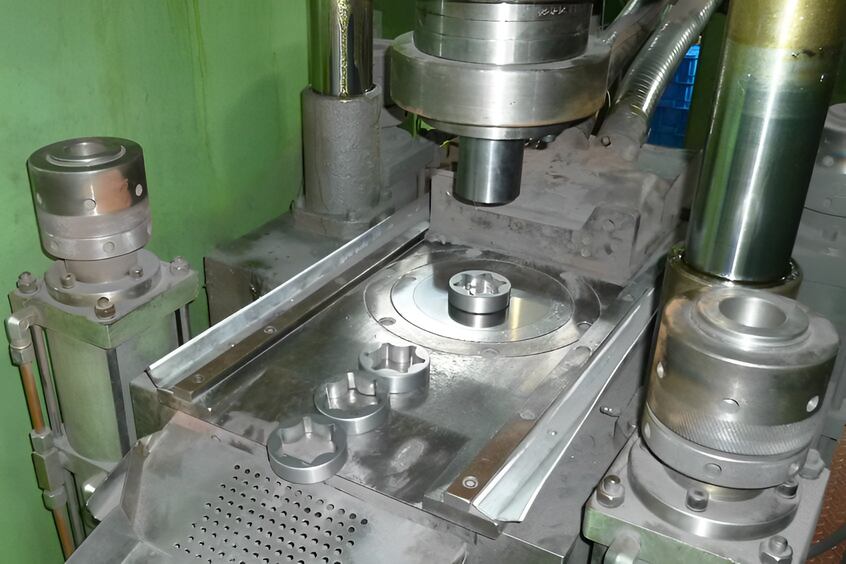
Powder metallurgy, as the name suggests, uses metal powders for manufacturing metal components. In this process, a die is used in which metal powders are compressed and then subjected to high temperature for the sintering stage, which turns the powdered metal into solid ones.
The process of powder metallurgy comprises multiple advantages and some disadvantages too, and some of these have been discussed below:
Offers Flexible Design Options: Many metal components are of such a nature that creating them also comprises complexities, especially if they have internal cavities or undercuts. Hence, here, stamping cannot be chosen. So, when it comes to powder metallurgy, these complex designs can be made flexibly.
Versatility: Powder metallurgy uses many kinds of materials, which may comprise steel alloys and stainless steels. Even the components can be reinforced using carbon fibres and ceramic during manufacturing.
Material Efficiency: Powder metallurgy offers a high-efficiency level in using material and hence has a lesser wastage rate which helps save the costs of raw materials.
High Precision: Components manufactured using powder metallurgy help achieve uniformity and accuracy with excellent surface finishing, eliminating the need for additional procedures.
Material Range is Limited: Manufacturing components using powder metallurgy means that there is a minimal context of materials available, and there are some limitations to using every material using the process of powder metallurgy.
Porosity: The final components manufactured using powder metallurgy might be porous, and this calls for some additional surface finishing processes because the porosity impacts the mechanical properties of components.
Requires High Investment: Machinery used in powder metallurgy is inexpensive and requires additional investment, which might not be possible for smaller businesses.
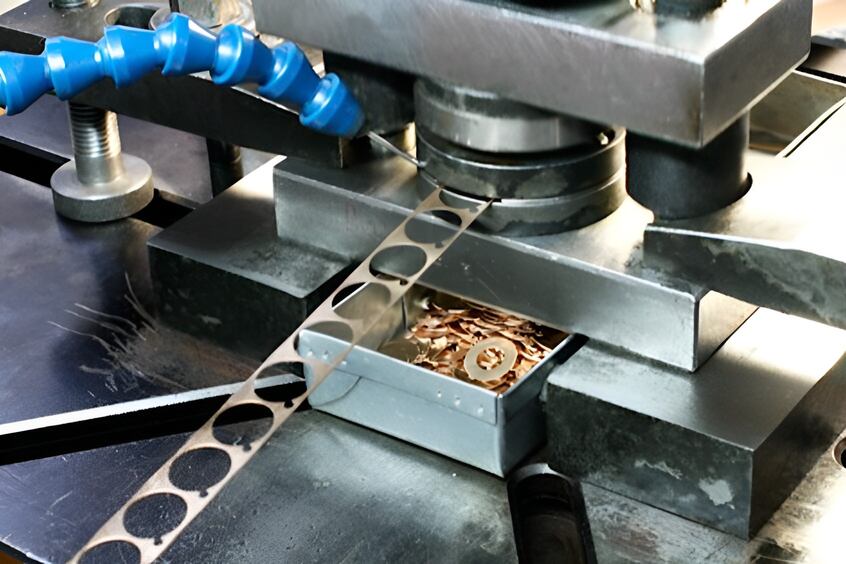
The process of stamping is a manufacturing process for metal components that uses metal in the form of sheets or strips. These sheets are pressed on a die, comprising many stages like bending, cutting, and forming.
Wide Range of Materials: The stamping process has no limitations on the choice of materials; many options can be considered for this process.
Excellent Surface Finish: In most cases, the surface finishing of the components manufactured using stamping is excellent; hence, no additional processes are needed.
Cost-Effective: Stamping manufacturing process is suitable for producing high volumes at a low cost; hence choosing it helps save money.
Precision: Stamping is suitable for manufacturing components with tight tolerance and hence offers highly precise parts.
Material Waste: Material waste is higher in stamping, which is the downside.
Lacks Design Flexibility: Stamping is unsuitable for producing parts that require detailing or complex designing, including undercuts or internal cavities.
When these two processes are compared, both have pros and cons, now depending upon the application and the process that can be chosen.
On the other hand, powder metallurgy is a specialized process with unique advantages like less wastage and higher design flexibility. At the same time, stamping is suitable for high-volume production in less time.
The decision to choose the process depends upon the production volume, complexity, and size of the part manufactured.

Metal components can be manufactured using multiple techniques. Every technique has its pros and cons and a different method of processing. The decision of which
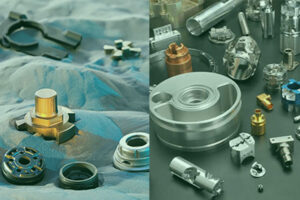
Metal components are used widely in many applications and are manufactured using different processes. Multiple industries rely on different components, so they need to be
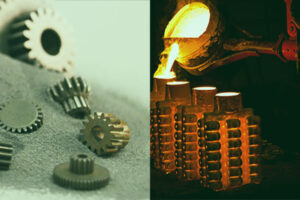
Manufacturers tend to use casting when considering cost performance and higher product strength. However, it also has disadvantages, such as material waste. You may be
More than 10,000 developed powder metallurgy products, including sintered gears, pulleys, impellers, sprockets, hubs, rotors, oil bushings, etc., Get free samples without a tooling fee before placing an order!
BLUE MACHINES is a leader in powder metallurgy manufacturing, providing a full set of powder metallurgy processes, from designing, tooling, compacting, sintering, sizing, and hardening to the final finished products.
Find your sintered parts in our shop without tooling fees.
Email: [email protected]
Copyright © 2024 NINGBO BLUE MACHINES CO., LTD. | All Rights Reserved.